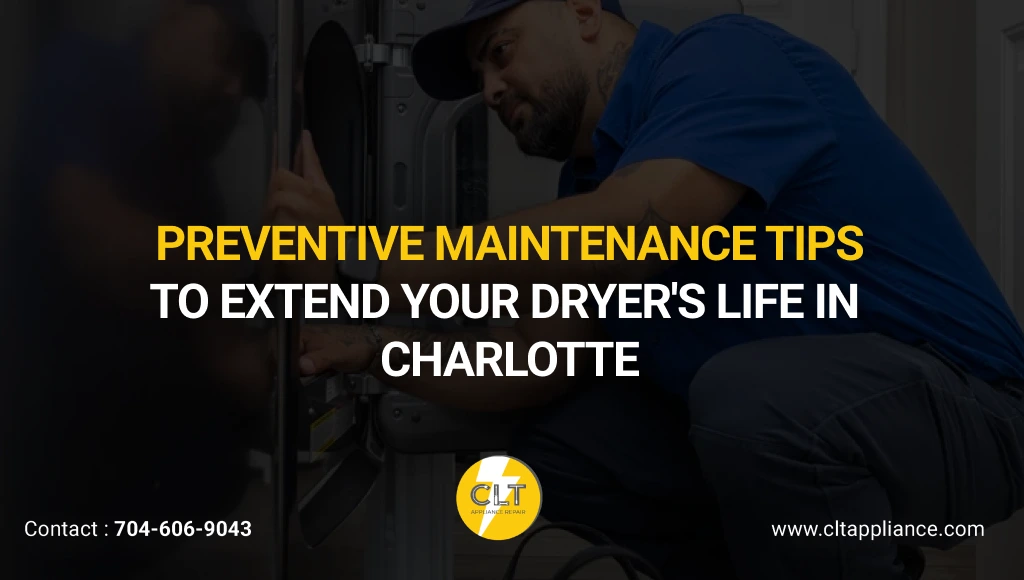A washing machine that refuses to drain isn’t just an inconvenience as it’s a full-blown household crisis. The sight of standing water, the smell of dampness creeping into your laundry room, and the anxiety about potential water damage can feel overwhelming. Whether it’s a clogged washing machine drain pipe, a faulty washing drain pump, or an incorrectly installed system, these issues need immediate attention. In Charlotte NC, where older homes often have unique plumbing setups, addressing these problems isn’t always straightforward.
How to Vent a Washing Machine Drain Pipe?
Proper venting is critical for maintaining efficient water flow and preventing unpleasant issues like backflow, foul odors, and gurgling noises. The vent system ensures balanced air pressure in the pipes, allowing water to flow freely without creating a vacuum.
Why Venting Matters
Your washing machine is vulnerable to without proper venting:
- Airlocks: These block the smooth flow of water through the pipes.
- Drainage Issues: Slow draining or standing water in the tub.
- Sewer Odors: Poorly vented systems allow gases to escape into your home.
How to Vent a Washing Machine Drain Pipe Properly
- Inspect the Existing Vent System
- Locate the vent stack or air admittance valve (AAV). These components allow air to circulate through the pipes.
- Check for any visible blockages or damage in the vent system.
- Install or Adjust the P-Trap
- The P-trap is a curved section of pipe that prevents sewer gases from escaping. Ensure it is correctly positioned below the standpipe or wall drain.
- Secure the Machine Drain Hose
- Attach the washing drain hose to the standpipe, leaving a small air gap (about 1-2 inches). This prevents suction that can disrupt drainage.
- Add Venting if Necessary
- In homes without a vent stack, install an AAV. It’s an affordable, space-saving solution that ensures proper airflow.
Pro Tip: If you hear gurgling noises or experience slow draining, your vent system may need an expert washer machine repair Charlotte NC inspection.
How to Manually Drain a Washing Machine?
A washing machine full of standing water can feel like an emergency, but manually draining it is often straightforward with the right tools and knowledge. Whether caused by a clogged washing machine drain pipe or a broken drain pump, manual draining is a temporary solution that helps you assess the root cause.
Tools You’ll Need
- Bucket or shallow pan
- Towels or rags for spills
- Screwdriver (for accessing panels)
- Drain snake (for blockages)
Step-by-Step Guide
- Power Down and Prepare
- Unplug the washing machine to avoid electrical hazards.
- Turn off the water supply to prevent further flooding.
- Locate the Drain Hose
- Find the machine drain hose at the back of the machine. Disconnect it carefully and direct the hose into a bucket to collect water.
- Access the Drain Pump Filter
- Open the lower front panel of the machine to locate the washing machine drain pump filter. Unscrew it slowly, letting water drain into a pan.
- Be prepared for a potential surge of water and keep towels handy.
- Clear Blockages
- Inspect the hose and pump for lint, small objects, or debris. Use a drain snake if necessary to clean the washing machine drain pipe.
- Test the System
- Once the water is drained and blockages are cleared, reconnect everything and run a short rinse cycle to check for proper draining.
| Quick Checklist for Manual Draining | |
| Unplug the washing machine. | ✅ |
| Prepare towels and a bucket. | ✅ |
| Detach the drain hose. | ✅ |
| Inspect and clear blockages. | ✅ |
How to Plumb a Washing Machine Drain?
Incorrect plumbing is a hidden culprit behind many drainage problems. Whether you’re installing a new washer or troubleshooting an old one, ensuring proper washing machine drain plumbing is crucial for long-term performance.
Key Plumbing Components
- Washing Machine Drain Pan: Catches leaks and protects your floor.
- Drain Hose: Connects the washer to the plumbing system.
- Standpipe: A vertical pipe into which the drain hose empties.
- Vent System: Ensures smooth water flow by maintaining air pressure.
Step-by-Step Plumbing Guide
- Install a Drain Pan
- Place a washing machine drain pan beneath the washer to catch potential leaks. Connect the pan to a floor drain if available.
- Position the Drain Hose Correctly
- Attach the machine drain hose to the standpipe.
- Use a washing machine drain hose extension if the hose is too short, ensuring it doesn’t exceed the manufacturer’s length recommendations.
- Set Up the Standpipe
- Ensure the standpipe is at least 2 feet tall to prevent premature siphoning.
- The standpipe should connect to the main drain via a properly installed P-trap.
- Check Ventilation
- Add a vent pipe or AAV to maintain proper air circulation. Poor ventilation can lead to backflow or slow draining.
Tip: Regular maintenance of your plumbing system can prevent buildup and clogs in the pipes.
When to Call the Experts
Even with the best efforts, some drainage problems require a professional washing machine repair Charlotte NC. If your washer still won’t drain after following these steps, it’s time to bring in the experts.
Signs You Need Help
- Persistent drainage issues despite clearing blockages.
- Leaks from the washing machine drain pan or plumbing connections.
- A noisy or malfunctioning washing machine drain pump.
- Gurgling sounds or odors from the machine drain pipe.
Conclusion
Draining a washing machine might feel overwhelming, but understanding the process and potential issues can make all the difference. From proper venting of the washing machine drain pipe to manually draining and maintaining your plumbing system, this guide equips you to handle common challenges confidently.
If problems persist, don’t hesitate to contact CLT Appliance Repair for professional support in Charlotte, NC. Our expert team ensures your washing machine runs smoothly, keeping your laundry days hassle-free. Don’t let a simple drainage problem ruin your week take action today!
Author

- John Bennett
- John Bennett is a seasoned appliance repair specialist at CLT Appliance Repair, where he brings over a decade of technical expertise and a strong commitment to customer satisfaction. With a background in electrical and mechanical systems, John has built a reputation for reliable, efficient, and honest repair services across a wide range of household appliances-including refrigerators, washing machines, ovens, and more.
Latest entries
News11/19/2025Why Your Dryer Smells Burnt: Common Causes & Fixes in Charlotte, NC
News11/19/2025Preventive Maintenance Tips to Extend Your Dryer’s Life in Charlotte
News11/18/2025Gas vs. Electric Dryer Repair: What Charlotte, NC, Technicians Fix Most Often
News11/18/2025Top 5 Signs Your Dryer Needs Professional Repair in Charlotte, NC









